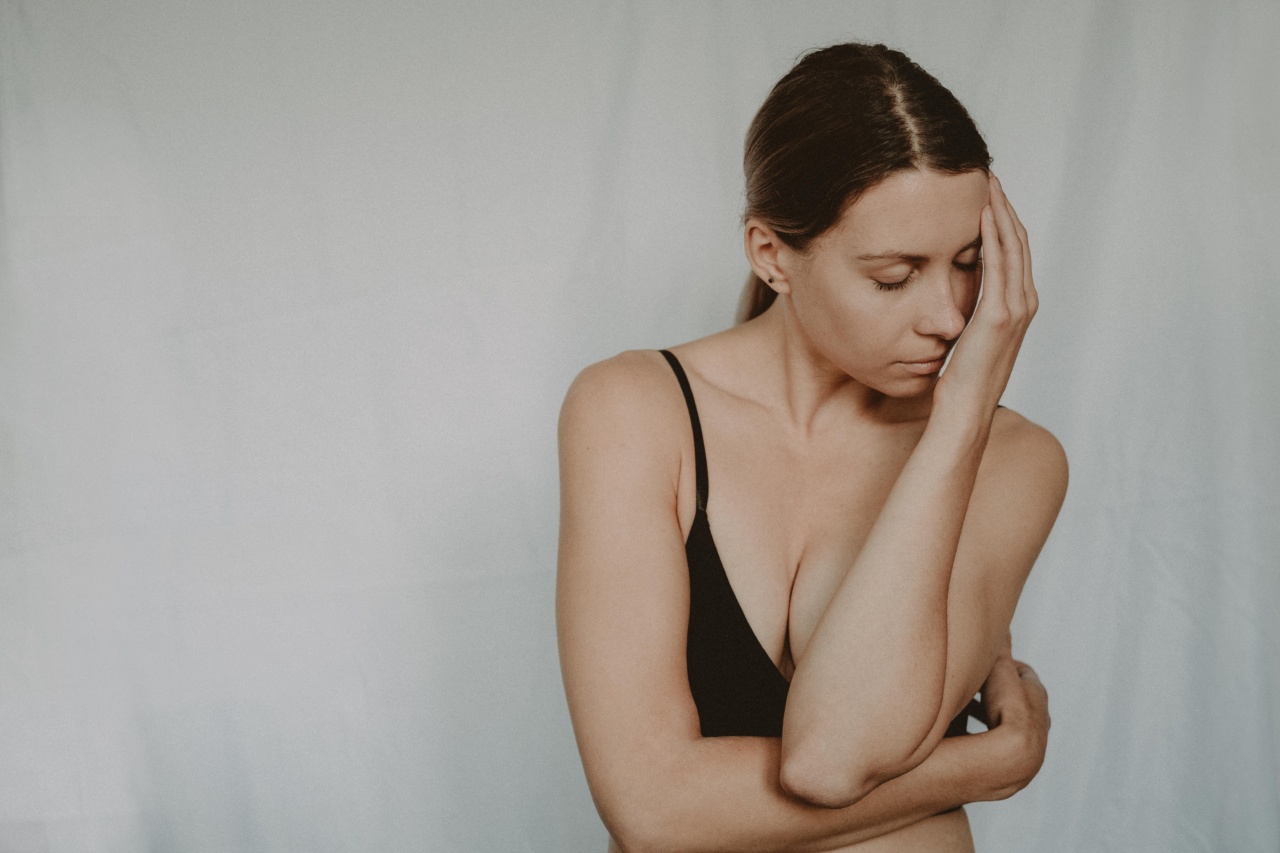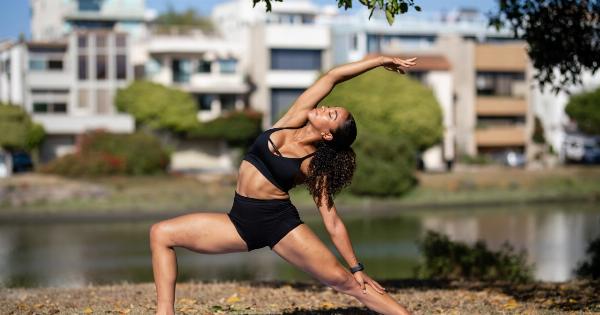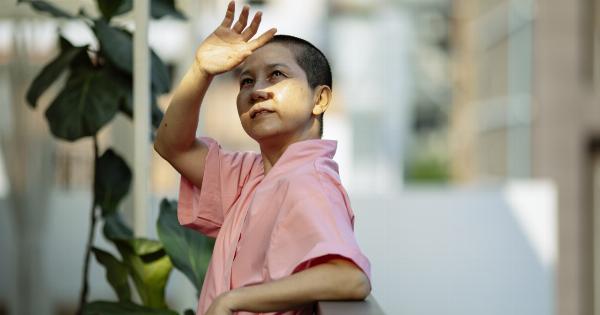Wearing a bra is a daily routine for most women. Whether it’s for support, shape, or style, bras have become an essential undergarment in today’s society.
However, what many women may not realize is that their beloved bras could be causing them unnecessary pain and discomfort.
The Wrong Size
One of the main reasons why bras can be painful is because they are the wrong size. It’s estimated that around 80% of women wear the wrong bra size, and this can lead to a variety of issues.
A bra that is too tight can cause chafing, redness, and even difficulty breathing. On the other hand, a bra that is too loose provides inadequate support, leading to strain on the shoulders and back.
Underwire Woes
Underwire bras are popular for their ability to provide additional support and lift. However, the underwire itself can often be the source of pain.
If the underwire sits on breast tissue instead of beneath it, it can dig into the skin, resulting in discomfort and even bruising. Additionally, underwires that are too narrow or too wide for an individual’s breast shape can also cause discomfort.
Strap Mishaps
The bra straps play a crucial role in providing support, but they can also be a source of pain. Straps that are too tight can dig into the shoulders, causing red marks and even nerve impingement.
Conversely, straps that are too loose can slip off and provide inadequate support, leading to shoulder and neck strain.
Breast Movement and Ligament Strain
During physical activities such as exercise or even day-to-day movement, the breasts can move in various directions.
If a bra doesn’t provide adequate support or fit properly, this movement can cause strain on the ligaments that support the breasts. Over time, this can lead to sagging, discomfort, and even chronic pain.
Allergic Reactions
Many bras are made of synthetic materials or contain added chemicals, such as dyes and finishes. These components can potentially cause allergic reactions in individuals with sensitive skin. Symptoms may include itching, redness, and a burning sensation.
It’s essential to pay attention to the materials used in bras and opt for hypoallergenic options if necessary.
Bra-Related Skin Conditions
Wearing a bra for extended periods can lead to various skin conditions. Moisture trapped between the bra and the skin can create a breeding ground for bacteria and fungi, leading to irritations like rashes, pimples, and even fungal infections.
Skin conditions such as eczema and dermatitis can also be aggravated by prolonged bra use, causing itching, redness, and discomfort.
Posture Problems
A well-fitting bra provides support not only to the breasts but also to the back and shoulders. When a bra is too tight or too loose, it can alter the posture and put unnecessary strain on the muscles in the upper body.
Over time, this can lead to poor posture, back pain, and muscle imbalances.
Bras and Lymphatic Flow
The lymphatic system is responsible for eliminating toxins and waste from the body. However, wearing a bra that is too tight or restrictive can impede the flow of lymphatic fluid. This can lead to fluid retention, swelling, and discomfort in the breasts.
Emotional Impact
Aside from physical discomfort, wearing an ill-fitting or uncomfortable bra can also have emotional implications. Constant pain and discomfort can affect self-confidence and body image.
Feeling uncomfortable in a bra can distract from daily tasks and activities, impacting overall well-being.
Choosing the Right Bra
To avoid pain and discomfort caused by bras, it’s crucial to find the right fit and style. Here are some tips to ensure a comfortable bra-wearing experience:.
1. Get Professionally Fitted
Visit a reputable lingerie store for a professional bra fitting. Experts can assess your size and help you find the right bra style for your body and needs.
2. Measure Yourself
If a professional fitting is not accessible, you can measure your own bra size at home using a tape measure and online guides. This can provide a starting point for finding the right size.
3. Try Different Brands and Styles
Every brand and style of bra fits differently, so it’s essential to experiment with different options. Consider factors such as band width, cup shape, and strap placement.
4. Consider Bra Alternatives
If traditional bras consistently cause you discomfort, consider trying bra alternatives such as bralettes, sports bras, or camisoles with built-in support. These options can provide both comfort and style.
5. Pay Attention to Material
Opt for bras made from natural, breathable materials such as cotton or bamboo. These fabrics allow for better airflow and reduce the risk of skin irritations.
6. Rotate Your Bras
Avoid wearing the same bra every day. Rotating between several well-fitting bras allows them to rest and maintain their shape, ensuring optimal comfort and support.
7. Regularly Replace Your Bras
Bras lose elasticity over time, which affects their ability to provide proper support. Replace your bras regularly, especially if you notice signs of wear and tear.
The Importance of Comfort
Comfort should be the top priority when it comes to choosing a bra. It’s essential to prioritize your own well-being and find bras that support your body without causing pain or discomfort.
By doing so, you can enhance your overall comfort, confidence, and quality of life.































